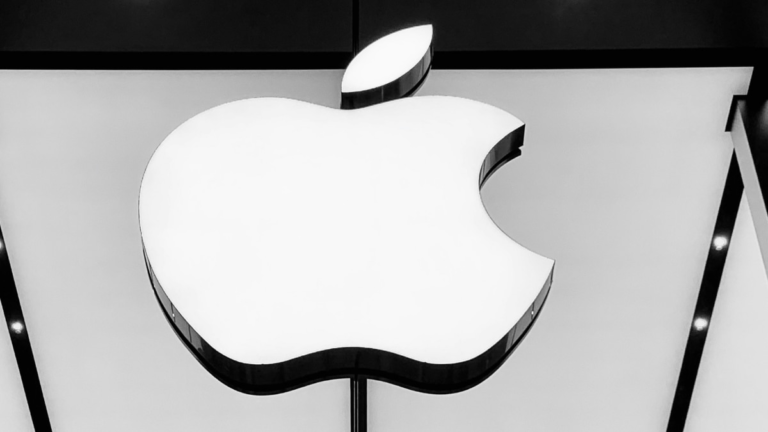A new report claims that Apple is working on a foldable iPhone that could be released as early as 2026. According to a report from The Information, Apple’s purported foldable iPhone would feature a horizontal folding mechanism reminiscent of the clamshell design popularized by Samsung’s Galaxy Z Flip series.
Previous reports from February suggested that Apple was considering multiple foldable prototypes, but the latest reports suggest that the company may have narrowed down its design options. The project has reportedly been given the internal code name V68, suggesting it has moved past the early concept stage and is currently in development with Apple’s supply chain partners.
Also read: How to get Spotify Premium in India for Rs 59 for 3 months
While these reports and rumors offer some interesting insight into Apple’s future products, it’s important to note that official confirmation from Apple is still pending.
The project has progressed past the early concept stage, and the tech giant is now working with supply chain partners in Asia to produce parts for the device, according to the people. The information, provided by two anonymous sources close to the matter, suggests that Apple is taking concrete steps to bring a foldable iPhone to market.
Also read: Google Maps vs Ola Maps: Comparison of Features, Updates and More
The foldable smartphone segment grew 50% in the first quarter
Recent market analysis reveals that the foldable smartphone sector is experiencing significant growth worldwide, with Q1 seeing an astounding 49% year-over-year growth, the largest increase in 18 months. Notably, Huawei has emerged as the new market leader in this segment, overtaking Samsung for the first time, according to Counterpoint Research.
In tandem with its exploration of folding technology, Apple is reportedly considering bolstering iPhone camera capabilities. One of the upgrades under consideration is the implementation of a mechanical aperture adjustment system on at least one iPhone model. This feature could allow users to manipulate depth-of-field effects, giving them more creative control over smartphone photography.


